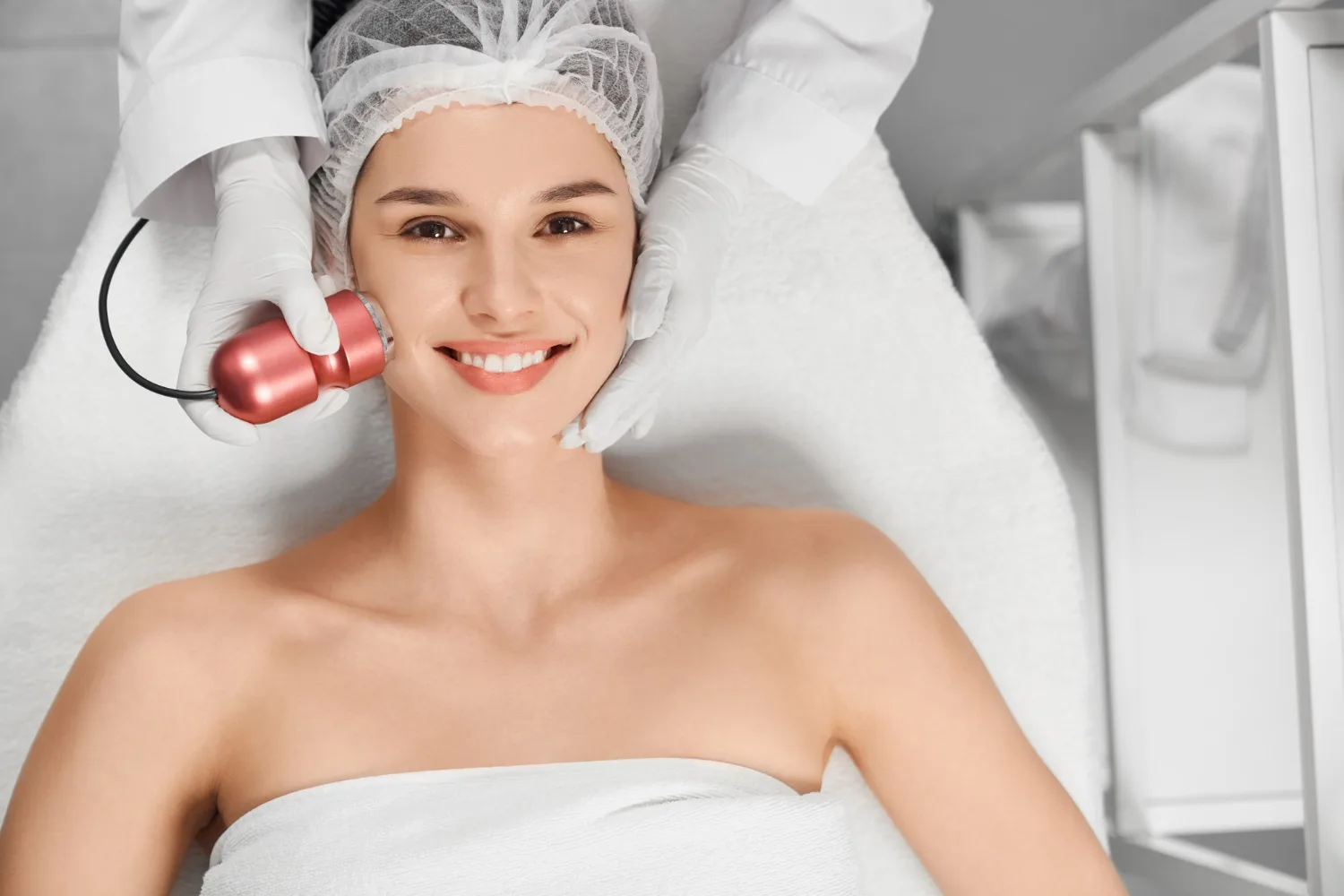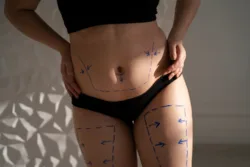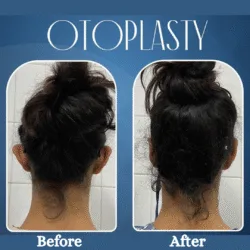The Hydrafacial is one of the most popular non-invasive face procedures constantly changing the skincare field. However, a lot of myths and misconceptions precede its worldwide reputation, ranging from claims that it is “too harsh” to rumors that it provides “only temporary results.” In this blog, we explore Hydrafacial: Myths and Truths to separate facts from fiction and help you understand what this treatment really offers.
As 2025 arrives, it’s time to separate Hydrafacial: myths and truths. This comprehensive blog clarifies the most common myths about HydraFacial, explains the actual science underlying the procedure, and describes what to expect before your next appointment.
What is Hydrafacial?
A HydraFacial is a multi-step, non-invasive skin rejuvenation procedure that includes extraction, hydration, cleaning, exfoliation, and antioxidant infusion in a single session.
The HydraFacial uses revolutionary Vortex-Fusion technology, an innovative device that gently vacuums away impurities while simultaneously releasing nourishing serums deep into the skin, in contrast to traditional facials that rely on manual extraction or scrubbing.
The Reasons Behind the 2025 Popularity of HydraFacial
HydraFacial’s customized method and instant results keep it at the top of the skincare rankings in 2025. The most sophisticated HydraFacial of today include customized boosters that target particular skin issues like:
- Sun damage and pigmentation
- Oily skin with acne
- Wrinkles and fine lines
- Uneven texture
- Dehydrated or dull skin.
It’s not just a trend—HydraFacial continues to dominate because it works. But to understand the full picture, let’s take a closer look at Hydrafacial: Myths and Truths.
Hydrafacial: Myths and Truths Revealed
Let’s discuss the common myths about it:
Myth 1: HydraFacial is a fancy basic facial
Truth: It is not just an aesthetic treatment. This high-end skin resurfacing procedure includes carefully regulated exfoliation, extraction, and serum infusion. The HydraFacial cleanses and hydrates the skin from the inside out, going deeper into the dermal layers than regular facials, which mainly focus on the skin’s surface. Additionally, it targets aging, acne, or pigmentation using personalized serums that contain peptides, antioxidants, and hyaluronic acid—achievable outcomes that are not possible with standard facials.
Myth 2: Hydrafacial causes skin thinning and damage
Truth: One of the most common misconceptions is this one. Your skin can naturally regenerate itself due to the treatment’s support of healthy cell turnover. Your physician can modify the serums’ strength for skin that is sensitive or prone to acne because they are personalized, guaranteeing both safety and efficacy.
Myth 3: It’s painful and irritating
Truth: The HydraFacial is calming and painless. For most patients, it feels like a “cool paintbrush” sweeping across their face. There is not any burning and downtime. There isn’t any downtime, peeling, or burning. After the operation, you may have some mild redness, but this fades away in about an hour.
One of the most relaxing and beneficial procedures available today is the HydraFacial, especially when contrasted with chemical peels or exfoliation.
Myth 4: Every Hydrafacial is the same
Truth: Not all hydrafacial are the same. The impact of the stimulation serums, the provider’s experience, and the reliability of the technology all play a significant role.
A qualified clinic will provide customized booster serums for various issues, including acne, pigmentation, and anti-aging. Selecting a reputable treatment guarantees that you will receive the real HydraFacial equipment rather than an affordable fake.
Myth 5: The glow disappears after a few days
Truth: While HydraFacial do give you a shine immediately after treatment, regular sessions enhance the appearance of your skin over time. Regular HydraFacial, performed every 4-6 weeks, can:
- Minimize wrinkles and fine lines
- Boost suppleness and elasticity
- Reduce the size of pores and congestion
- Improve the texture and tone
- Increase sustained hydration
Myth 6: All other skin treatments can replace by it
Truth: Even while HydraFacial is a fantastic maintenance procedure, in more severe cases, it cannot replace lasers, micro-needling, or chemical peels.
For example:
- Fractional CO2 laser may be necessary for deep acne scars.
- Chemical peels or IPL may be necessary for severe pigmentation.
- More benefits might be obtained using Ultherapy or radiofrequency for sagging skin.
These treatments are perfectly enhanced by HydraFacial, which keeps your skin moisturized, clean, and healthy in between cutting-edge procedures.
Ideal Candidate For Hydrafacial
Almost any skin type, especially sensitive and acne-prone skin, can benefit from a HydraFacial. It is particularly advantageous for those who want to:
- Before events, make dull skin more radiant.
- Control blackheads and moderate acne
- Address the initial indications of aging
- Boost texture and hydration
Avoid HydraFacial if:
- Rashes or illnesses that are ongoing
- Serious acne or open wounds
- Recent chemical peel or sunburn (within 7 days)
Conclusion:
The hydrafacial is an effective method that completely cleanses, moisturizes, and rejuvenates the skin with minimal downtime. By 2025, it is safer, more adaptable, and suitable for all skin types due to new HydraFacial technology. If you want to achieve healthier, smoother, and radiant skin then consult with a qualified surgeon. If you are considering Hydrafacial, then please visit Aestheticure. Our best expertise and experienced surgeons will provide you with the best treatment and proper care and also they will guide you through the procedure, provide you with thoughtful, honest answers to all of your questions. For more information or to schedule a consultation, feel free to Contact Us!







